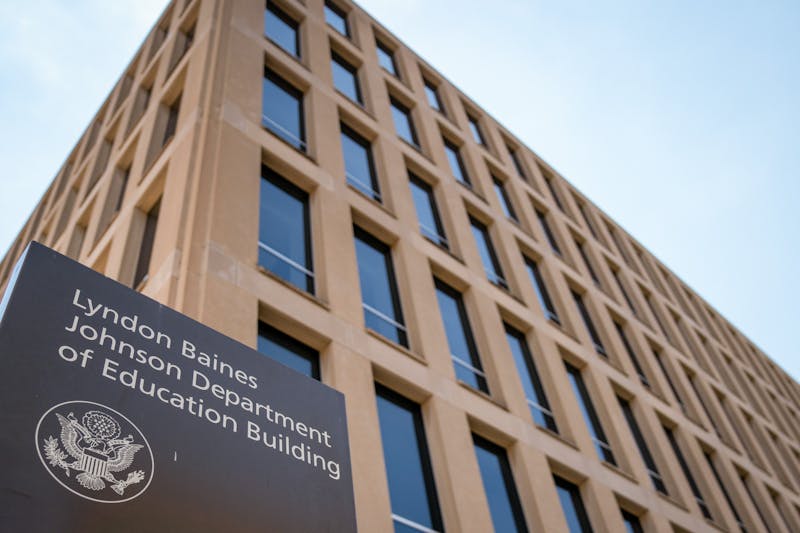
Penn is used to having its name published in prestigious journals. Generally, though, the University only finds itself in the byline, not in the data itself.
On October 1, an article in the Journal of the American Medical Association reported that a rule change in Ivy League football appeared to have reduced head injuries by making kickoff returns less frequent.
“We are proud to see results from our study published in such an esteemed journal as JAMA, and even more gratified to know that policies we put in place have directly led to a decrease in concussions,” Ivy League Executive Director Robin Harris said in a league press release.
Biostatistics and epidemiology professor Douglas J. Wiebe published the article, which details a recent study of data from the past several years of Ivy League football. Following a rule change prior to the 2016 season, researchers wanted to know if the league had been successful in reducing concussions caused by kickoffs.
According to Wiebe's article, the rate of touchbacks on kickoffs increased from an average of 17.9 percent before 2016 to 48 percent in the two years after the rule was changed. Per 1000 plays, the rate of concussions during kickoffs decreased from 10.93 before 2016 to 2.04 after. For non-kickoff plays, the rate of concussions was 2.56 before and 1.18 after the rule change.
A difference-in-differences analysis — a statistical method that determines the impact of a 'treatment' in an observational study — found that 7.51 fewer concussions per 1000 kickoff plays occurred following the rule change.
The new rule, which moved the spot of the kickoff from the 35 to the 40-yard line, makes it more likely that teams will kick the ball deep into the opposing team’s end zone. Teams will generally choose not to return these kicks for strategic reasons, which results in more touchbacks. The Ivy League predicted that it could reduce the number of head injuries by decreasing the frequency with which players had to engage in dangerous returns.

Kickoff returns are notoriously dangerous; according to the journal article, in 2015 “kickoffs accounted for 6% of all plays but 21% of concussions” in the Ivy League. A rule change that can make them safer could take a significant stride toward increased player safety without disrupting or changing the game itself.
However, it wasn’t obvious that the researchers were going to see promising results. At the same time as they changed the location of the kickoff, the Ivy League also changed the placement of a touchback from the 25 yard to the 20 yard line. This could potentially have encourage teams to take fewer touchbacks in the hopes of getting to start a drive further from their own end zone.
This isn’t all that Penn and the Ivy League have been doing to reduce head injuries. The Ivy League also instituted strict rules eliminating full-contact hits during practice, which the study’s authors acknowledge could bear some of the responsibility for the total decrease in concussions.
Penn is leading the Ancient Eight by doing even more to reduce concussions. This season, the football and sprint football teams will add an innovative, protective shell to their helmets which is supposed to reduce the risk of injury during collisions.
Concussions and the associated long-term health risks that afflict former football players represent a consequence of the game that leagues are increasingly hoping to mitigate. Football leagues have begun to take the view that insufficient player safety, especially with regard to head injuries, threatens the existence of the game of football itself. The Ivy League has been among those at the forefront of this trend, continuing to innovate and make the game safer.
The Daily Pennsylvanian is an independent, student-run newspaper. Please consider making a donation to support the coverage that shapes the University. Your generosity ensures a future of strong journalism at Penn.
Donate






